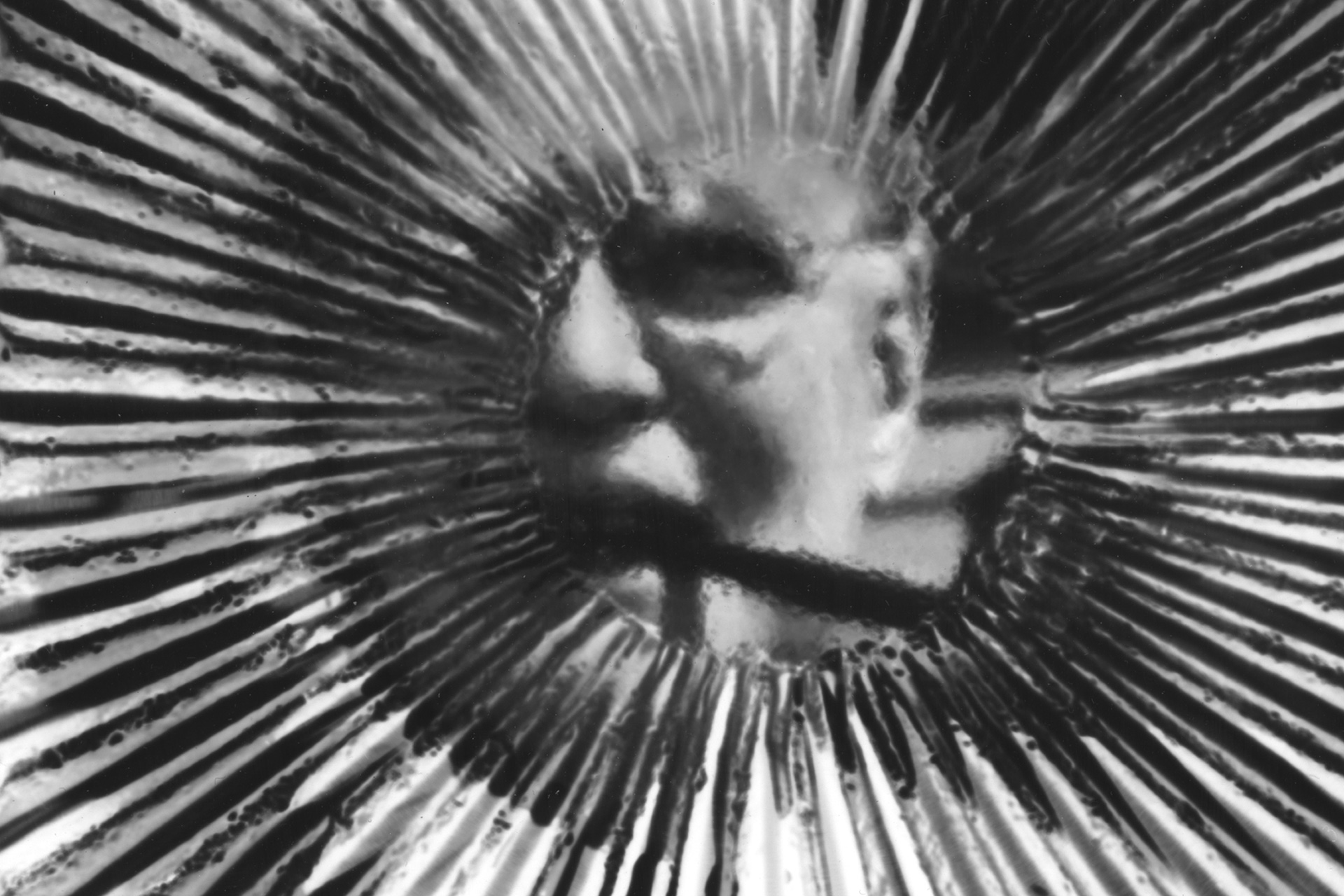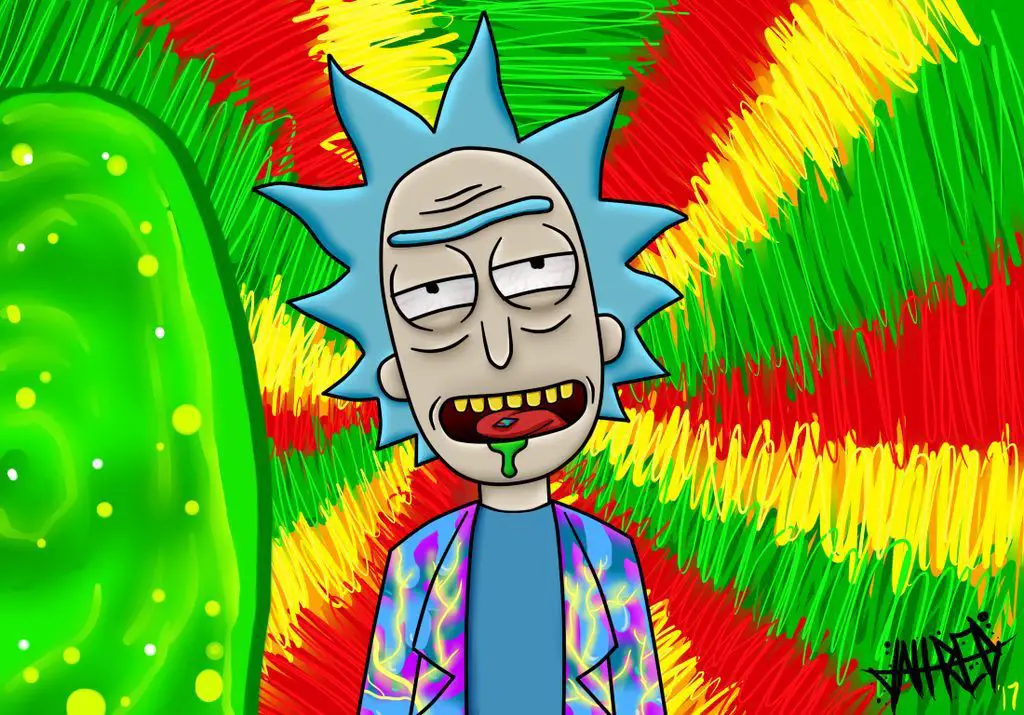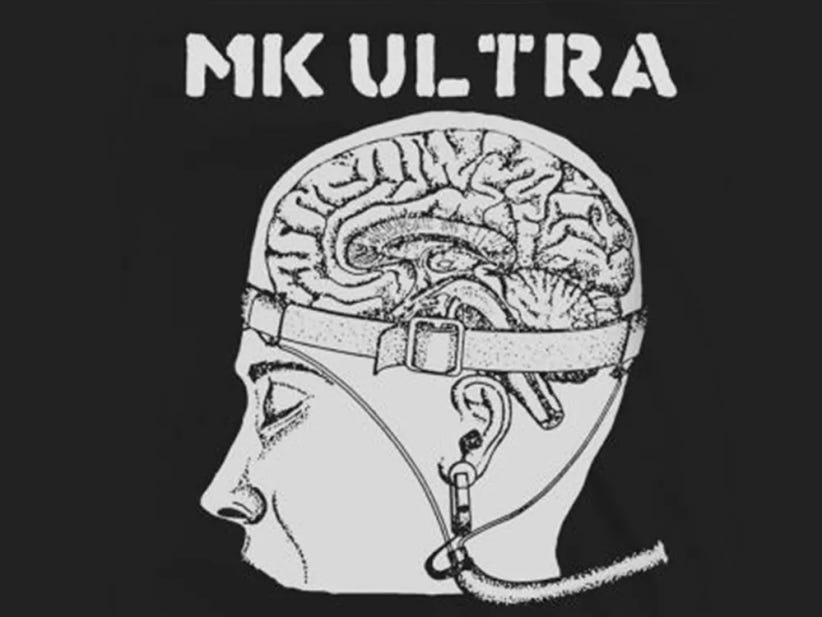The tales are about human experimentation and torture but people need to dismiss these ideas to a very large extent. Sometimes, however, there is a lot more to them than just baseless rumors. Project MKUltra or the CIA Mind Control Program is one of these examples which show that real life can be stranger than fiction.

How did it all get started?
During the Cold War, The US government was paranoid and thought that the Soviet and Korean governments were brainwashing their prisoners by using techniques such as mind control. They wanted to interrogate their prisoners and find out more about Soviet spies in the country, along with other sensitive information.
Project MKUltra, Another
The biggest ethical concern was that this project involved human experimentation. Although a lot of other projects work on humans, the subjects are usually aware of what is happening. However, most of the people involved in MKUltra were unaware that they were test subjects. The subjects were exposed to a lot of things to alter their way of thinking or induce mind control. This included drugs such as LSD, deprivation of senses, hypnosis, isolation, and various forms of torture including verbal and sexual abuse.
Administration of Drugs
The experiments included giving LSD to people who were helpless, such as sex workers, drug addicts, prisoners, and mental patients. They also gave this drug to professionals to see the effect it produced in normal settings. In Operation Midnight Climax, the agency set up various brothels to lure in unsuspecting men who were then given LSD and observed via two-way mirrors. They were also filmed.

Dr Sidney Gottlieb, the chemist who oversaw this experiment believed that LSD could be used for covert operations by giving it to high-ranking officials in meetings, etc. Some notable and influential people also participated in these trials with their consent. This includes Ken Kesey, the author of One Flew Over the Cuckoo’s Nest, and singer-songwriter Robert Hunter.
Other drugs such as heroin, psilocybin, cannabis, and morphine were also used. One experiment involved injecting barbiturates in one arm, and amphetamines in the other, and then interrogating the subject.

Experiments in Canada by a British psychiatrist Donald Ewen Cameron for this purpose. He performed a lot of illegal experiments on patients who used to consult him for minor issues such as anxiety or postpartum depression. He would put the subjects in a drug-induced coma and play a tape containing repetitive ideas. Besides drugs, he used electroconvulsive therapy and methods of torture on the subjects as well. Some participants have claimed that they were also sexually abused during the trials.
Deaths Cases
Since most records of this project were destroyed, the number of deaths caused by it may never be known. However, there are a few noted deaths related to it. The most famous of these is Frank Olson, a biochemist, and researcher in the US Army.
He was given LSD without his knowledge, and a week later he committed suicide. He exited the window of his hotel room, falling thirteen floors down to his death. His family, however, asked for another autopsy which indicated injuries on his body. They suspected that he was assassinated by the CIA.
Revelation to the Public
In 1974, an article was published by the New York Times that claimed that the CIA had been conducting illegal experiments on people in the 1960s. This led to investigations by the US Congress. A committee known as the Church Committee was formed to look into this matter. Although most files related to this project were destroyed in 1973, some files remained. These were investigated and then made public, which caused a lot of outcry.
Although this project ended decades ago, the internet is still afloat with conspiracy theories about the illegal activities of intelligence agencies. Whether these are relevant now or not, nobody can say for sure. However, there is no doubt that they were true at one point of time. Project MKUltra made a huge impact on history and continues to influence pop culture.
